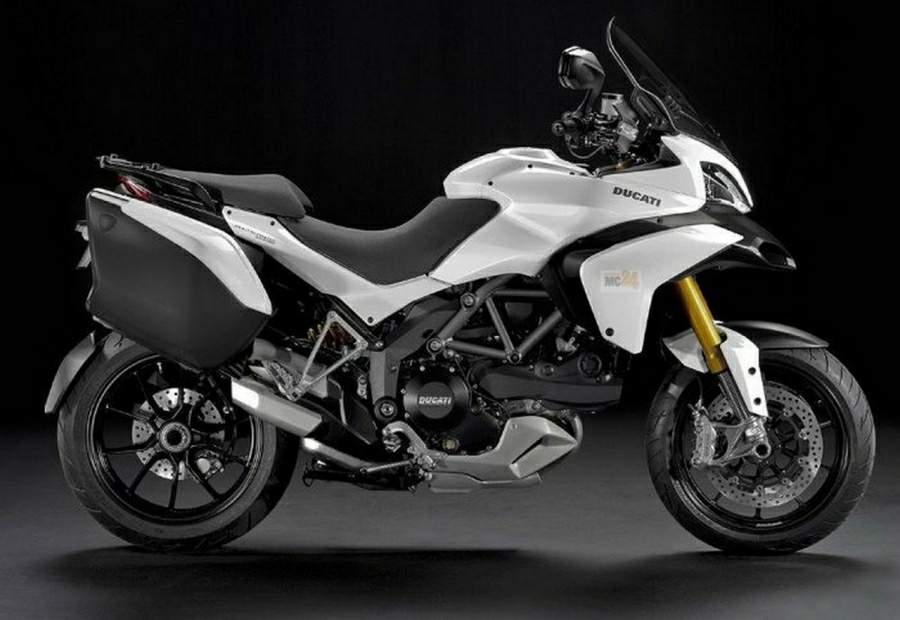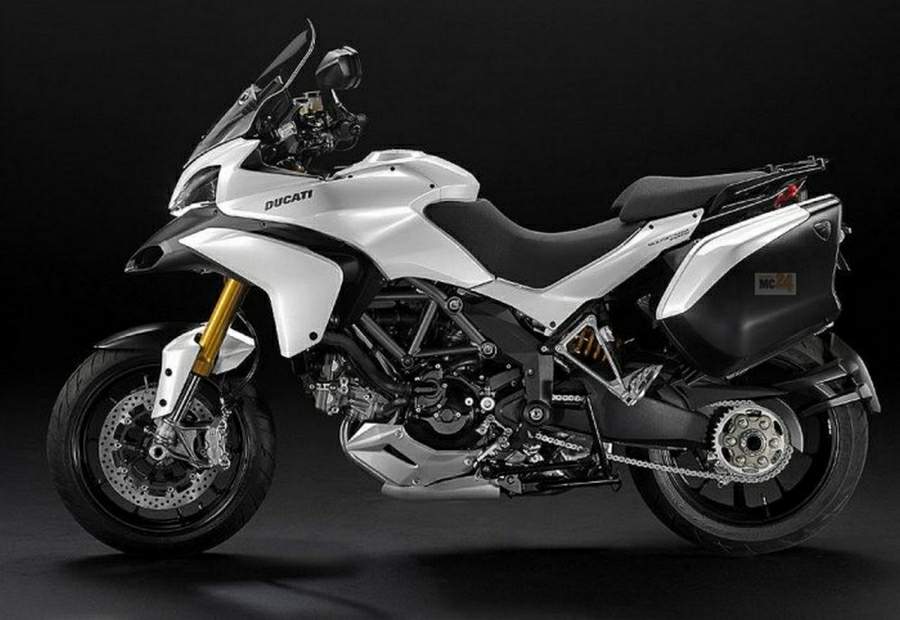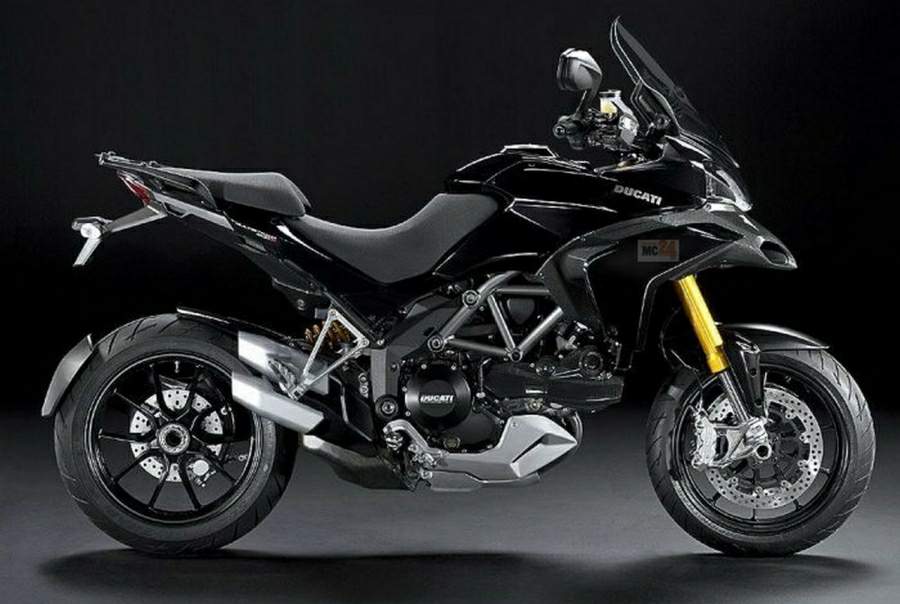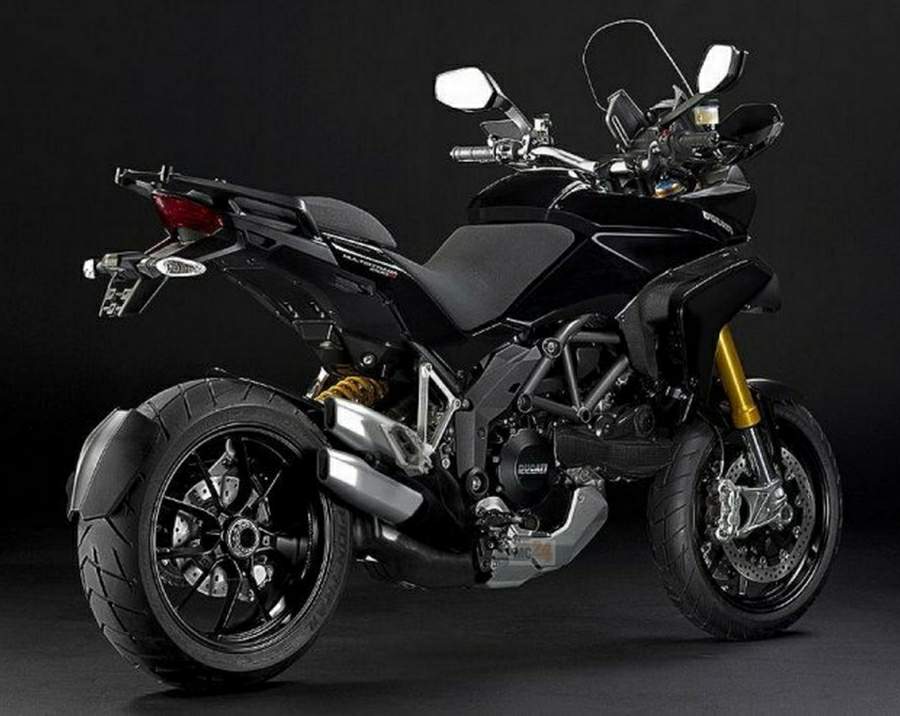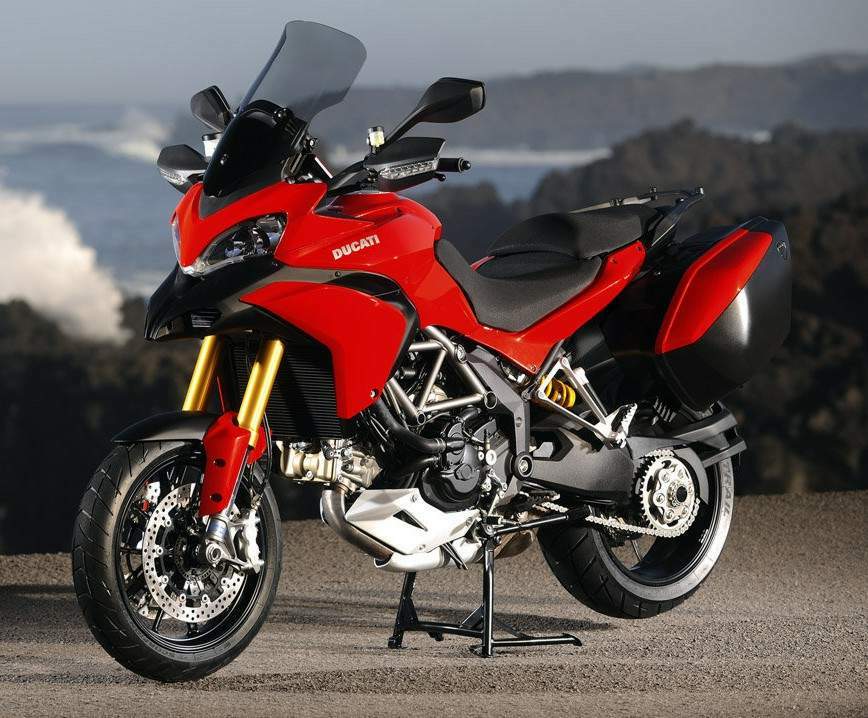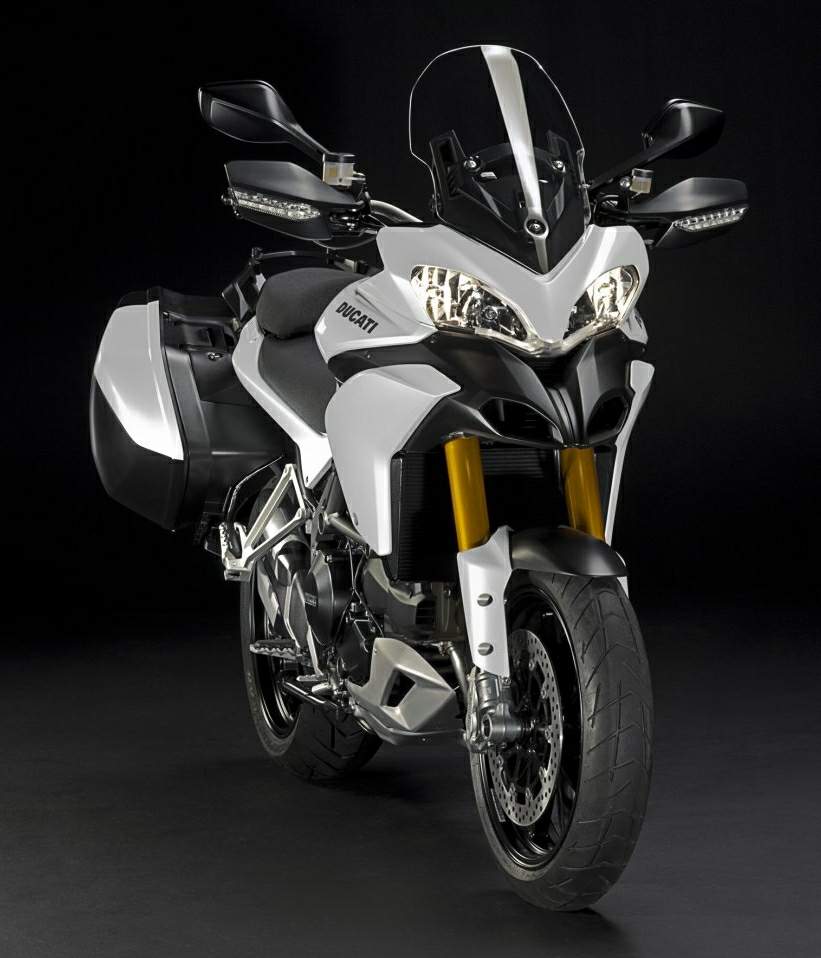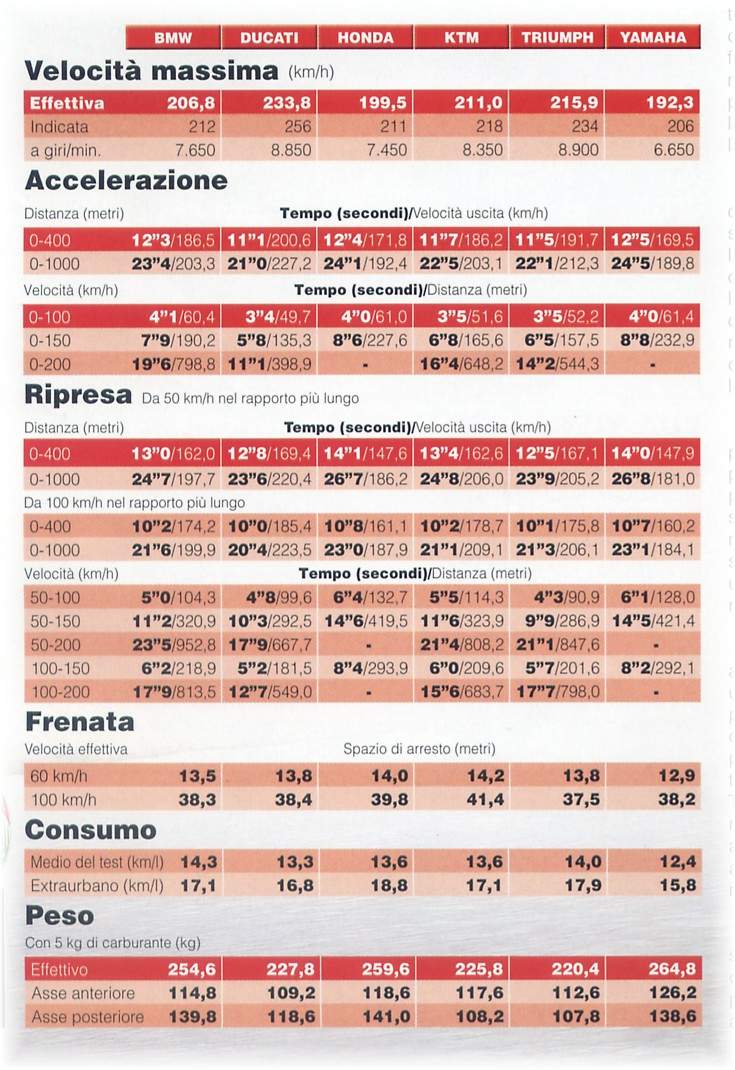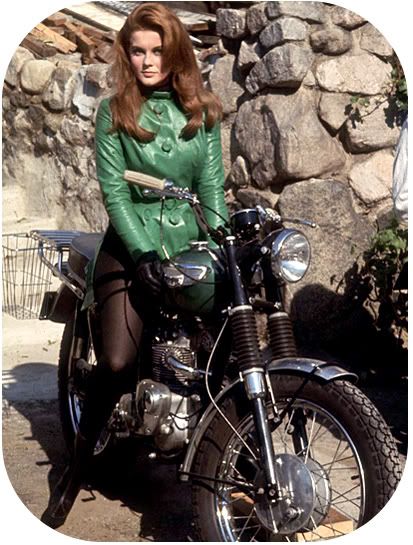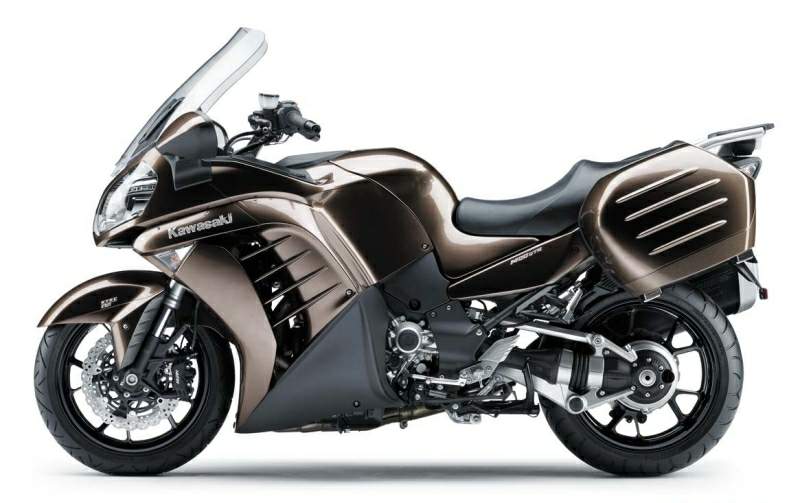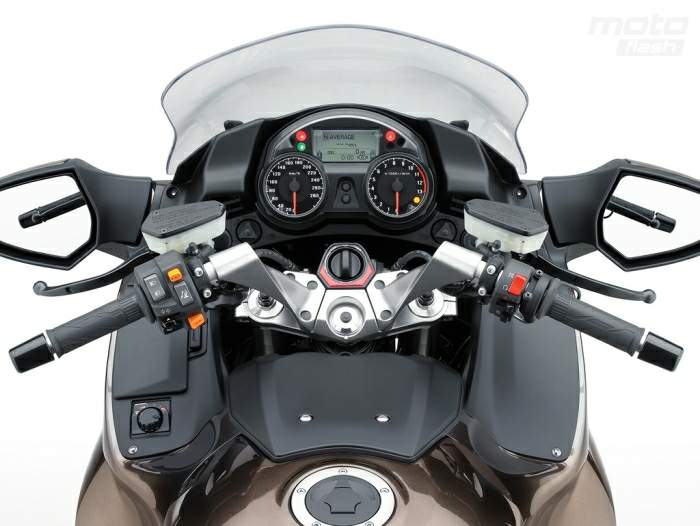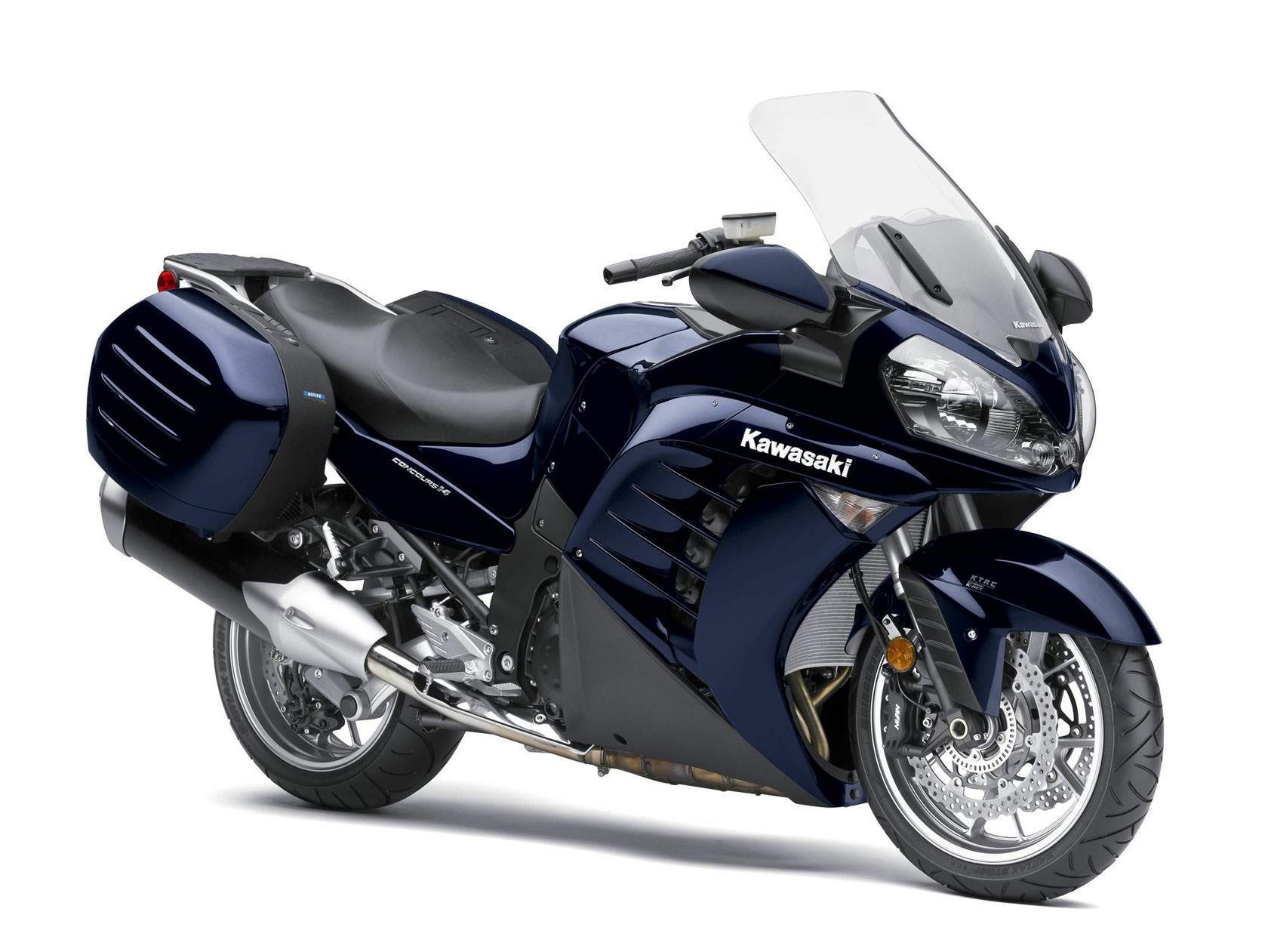
2010 Yamaha YZF-R6

2010 Yamaha YZF-R6

2010 Yamaha YZF-R6

2010 Yamaha YZF-R6
2010 Yamaha YZF-R6 Motorcycle - Specification and Review
2010 Yamaha YZF-R6 is a vehicle with engine capacity of 599cc (600cc) DOHC 16-valve, turn the machine can reach 15,000 rpm and with a full fuel injection and a strong chassis, aerodynamics in a wind chop on the track. In 2010 Yamaha YZF-R6 there are some new features, or more exactly an improvement from the previous one. In 2010 Yamaha YZF-R6 you can see the changes made to the exhaust so not too noisy and reduce exhaust emissions, ECU has been revised to improve the work, revise the Yamaha Chip Controlled Intake. With all the improvements made to 2010 Yamaha YZF-R6 is much better and perfect than its predecessor. For electronic technology 2010 Yamaha YZF-R6 modeled many of the technologies used Yamaha YZR-M1 in motogp. If you are interested in the 2010 Yamaha YZF-R6 and want to know more about the data and specifications, you can see it in full below.
2010 Yamaha YZF-R6 Specifications
Engine
Type 599cc liquid-cooled inline 4-cylinder; DOHC, 16 titanium valves
Bore x Stroke 67.0 x 42.5mm
Compression Ratio 13.1:1
Fuel Delivery Fuel Injection with YCC-T and YCC-I
Ignition TCI: Transistor Controlled Ignition
Transmission 6-speed w/multiplate slipper clutch
Final Drive Chain
Chassis
Suspension/Front 41mm inverted fork; 4-way adjustable, 4.7-in travel
Suspension/Rear Single shock; 4-way adjustable, 4.7-in travel
Brakes/Front Dual 310mm floating disc; radial-mount 4-piston calipers
Brakes/Rear 220mm disc; single-piston caliper
Tires/Front 120/70-ZR17
Tires/Rear 180/55-ZR17
Dimensions
Length 80.3 in
Width 27.6 in
Height 43.3 in
Seat Height 33.5 in
Wheelbase 54.3 in
Rake (Caster Angle) 24°
Trail 3.8 in
Oil Capacity (with oil filter change) 3.6 qt
Fuel Capacity 4.5 gal
Fuel Economy** 40 mpg
Wet Weight 417 lb
Features and Benefits
Key Features:
- YCC-I®, Yamaha Chip Controlled Intake, is used on the R6 to vary intake tract length for excellent cylinder filling and a broader powerband. On the higher-revving R6, its benefits are even more pronounced.
- The YZF-R6 was the first production motorcycle with a fly-by-wire throttle system-for flawless response under all conditions.
- Back torque-limiting slipper-type clutch greatly facilitates braking/downshifting from high speed. Close-ratio 6-speed transmission delivers seamless power and maximum acceleration.
- Light, powerful, and bristling with knowledge gained from years of racing, the YZF-R6 is the most advanced production 600cc motorcycle Yamaha-or anybody else-has ever built.
Engine:
- YCC-I-Yamaha Chip Controlled Intake electronically varies intake tract length for a broader powerband.
- YCC-T uses a powerful ECU and multiple sensors to provide perfect, smooth engine response and optimal power whenever the throttle is twisted under all conditions.
- Fuel injection mapping for the YCC-T-Yamaha Chip Controlled Throttle dual-injector system complements the high compression ratio for great throttle response and reduced engine braking.
- Compact, lightweight 67mm x 42.5mm, 599cc DOHC 16-valve, liquid-cooled titanium-valved four-cylinder has a compression ratio of 13.1:1, for great response. Domed pistons with valve cutouts produce a compact combustion chamber.
- GP-style titanium muffler contributes to mass centralization and contains EXUP® for a broad powerband, and 02 sensor for spot-on injection and emissions compliance.
- Twin-injector fuel injection: shower-type injectors above each intake funnel help achieve optimum fuel atomization at high rpm.
- Direct-ignition coils, dual-electrode spark plugs and high-output magneto deliver extremely accurate, reliable firing.
- Slipper-type back torque-limiting clutch greatly facilitates braking and downshifting from high speed. Close-ratio six-speed transmission delivers seamless power and maximum acceleration.


